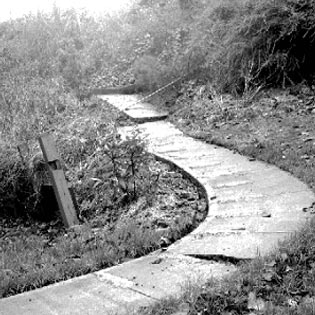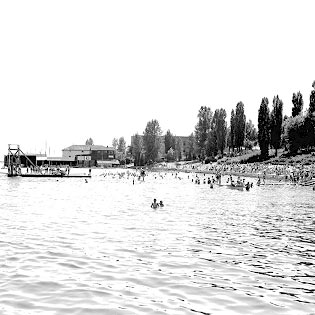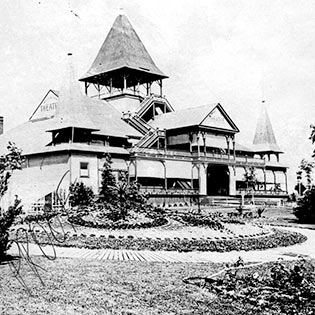RESOURCES
Links to external websites do not constitute endorsement by WSDOT of the linked websites or the opinions, information, products or services contained therein.
In the early to mid-twentieth century, the Madison Park community, which until this time had been known as a bustling transportation and amusement center, experienced significant changes. Decades earlier, the neighborhood had been settled and developed by Judge John McGilvra, the area’s first resident and developer who opened Madison Street in 1864-65 at his own expense, and who dedicated 21 acres of his land to open space (now Madison Park). In the late nineteenth century, McGilvra sold much of his property, but stipulated that only "cottages" could be built on the lots. In the 1920s, the McGilvra estate released its property, resulting in the sale of the small lots and the lifting of their construction limitations, and transferred the management of Madison Park to the Seattle Parks Department. This occurred after the opening of the Montlake Cut in 1916, which left the neighborhood with a new extended shoreline. As a result, Madison Park’s characteristic streets of small cottages began to change. As families in the community sought to live in the area year-round, many of these small homes were largely remodeled or demolished altogether and replaced with much larger homes.
In 1950, the ferry Leschi made her final run between Kirkland and Seattle, after nearly 70 years of service. The ferry system's gradual demise was brought about by the opening of the Lake Washington Floating Bridge in 1940. This change led to a decrease of visitors to the area as the neighborhood evolved into a quiet waterfront community with a small shopping district.
Visit HistoryLink.org to learn more about the Madison Park neighborhood.



